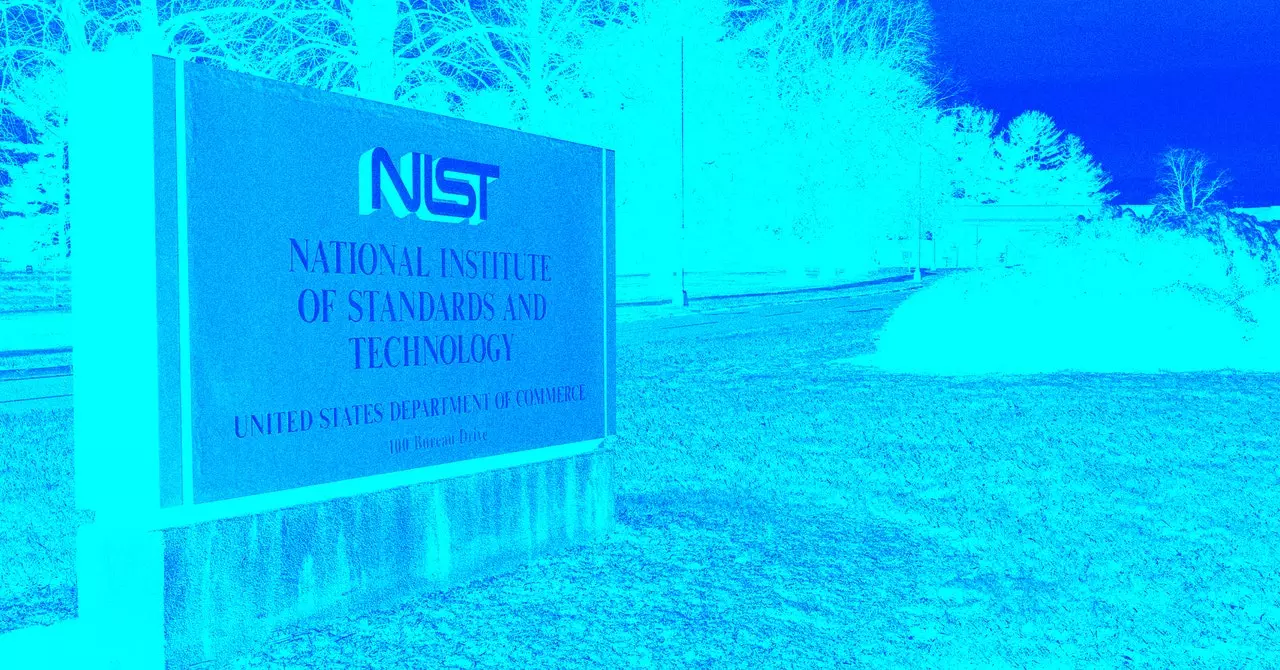The recent announcement of significant layoffs at the National Institute of Standards and Technology (NIST) has sent shockwaves throughout the organization and the broader technology community. Following new directives from the Trump administration, NIST—an agency crucial for establishing benchmarks for safety and reliability across various sectors, including AI and consumer products—faces potential cuts impacting up to 500 employees. These layoffs are often seen as symptomatic of a larger ideological shift in federal priorities related to science and technology, particularly around the governance of artificial intelligence.
The atmosphere within NIST has been tense since President Trump assumed office. Shortly after taking office, he mandated across-the-board budget cuts, placing specific scrutiny on federal agencies perceived as inefficient. This consolidation—championed in part by figures like Elon Musk and representatives from his DOGE initiative—indicates a marked shift in emphasis toward reducing federal spending even in sectors that typically enjoy bipartisan support, such as technology safety and innovation.
The agency’s role in determining the standards for a range of products, from simple consumer goods to complex quantum computing technologies, suggests that these layoffs might compromise not merely employee jobs but the reliability of crucial benchmarks that protect public interests. As reported by multiple news outlets, the presence of DOGE representatives at NIST, seeking access to IT systems, raises questions about the motivations behind these budgetary decisions.
Reports indicate that those most affected by these layoffs include several recent hires, particularly those on probationary status—approximately 500 employees who can be released with relative ease. Alarmingly, the layoffs are expected to target established leaders within NIST, including directors who have made significant contributions in their areas. The potential loss of such seasoned professionals may hinder the agency’s ability to maintain its reputation for excellence and rigorous scientific standards.
An additional layer of complexity arises with the recent departures of several high-profile leaders from NIST’s AI Safety Institute, which was established following an executive order from the previous administration. This institute was designed to enhance AI safety frameworks, an area now seemingly deprioritized by Trump’s administration. The departure of key personnel, including Elizabeth Kelly, suggests a talent drain that could incapacitate the agency’s future initiatives in AI governance and safety.
AI Governance and Shifting Priorities
The recent upheaval raises grave concerns about the future of AI safety protocols in the United States. Prioritizing economic savings over technological oversight implies a retreat from proactive governance in an era marked by rapid advancements in AI. Critics argue that success in AI cannot solely rely on private endeavors; robust public oversight is essential to ensure that the technology benefits society at large and mitigates inherent risks.
Vice President JD Vance’s remarks during a recent conference further emphasize the administration’s shift away from prioritizing AI safety. His statement, “I’m not here this morning to talk about AI safety,” reflects a lack of commitment to what experts consider essential dialogue in today’s technology landscape. This detachment poses a substantial risk: as AI continues to infiltrate various sectors, the absence of critical safety standards may result in inadequately tested technologies entering the marketplace.
The anticipated layoffs at NIST symbolize a broader ideological shift toward budgetary conservatism at the expense of critical safety and quality assurance frameworks. As the agency grapples with potential leadership losses and a deprioritized focus on AI safety, it calls for a collective reconsideration of values surrounding technology governance in the U.S. Stakeholders across the public and private sectors must advocate for a bipartisan approach, assuring that both innovation and safety remain prioritized in conjunction with economic goals. The looming uncertainties demand a proactive strategy, ensuring that NIST can fulfill its mission in unprecedented times.


Leave a Reply